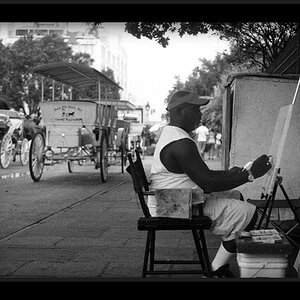Hi everyone,
I have a Canon 550D the maximum shutter speed is 1/4000 of a second I have taken photos outdoors in full sun and indoors with continuous lighting in the shutter range of over 1/1000th to 3200th.
Now I am setting up a studio at home and will be buying flash lights, these in particular Linkstar DL-350D Studio Flash Kit 2x 350Ws fan cooled heads with LED display.
My camera sync speed is 1/200th of a second does this mean that I will not be able to freeze motion over 1/200 such as 1/3000th?
I have a Canon 550D the maximum shutter speed is 1/4000 of a second I have taken photos outdoors in full sun and indoors with continuous lighting in the shutter range of over 1/1000th to 3200th.
Now I am setting up a studio at home and will be buying flash lights, these in particular Linkstar DL-350D Studio Flash Kit 2x 350Ws fan cooled heads with LED display.
My camera sync speed is 1/200th of a second does this mean that I will not be able to freeze motion over 1/200 such as 1/3000th?


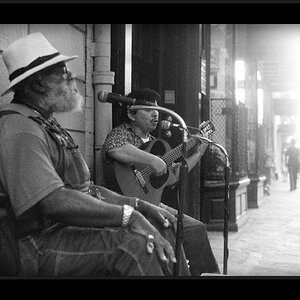
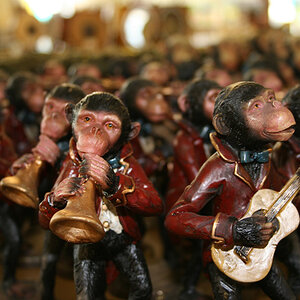
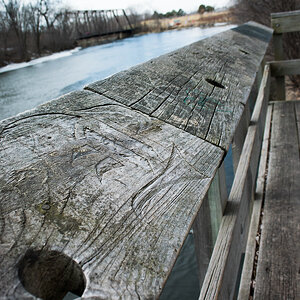

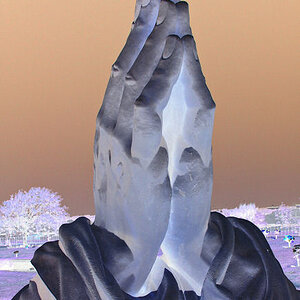
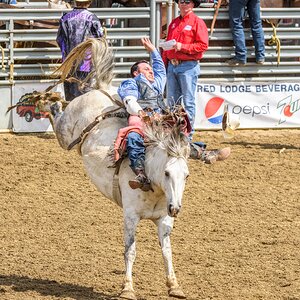
![[No title]](/data/xfmg/thumbnail/42/42451-9e2e4f1caad4c45d0c61e2a856140c36.jpg?1619740190)
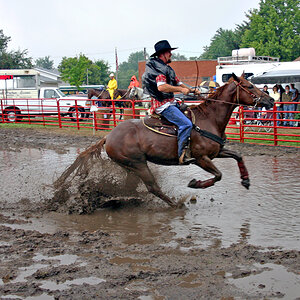
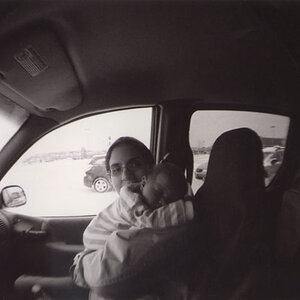
![[No title]](/data/xfmg/thumbnail/39/39438-1eb8b5f82b59d9d0c72ae9025778ed4c.jpg?1619739032)
![[No title]](/data/xfmg/thumbnail/39/39439-d0a6beaaf39993860b74ccbd81fdd122.jpg?1619739032)
